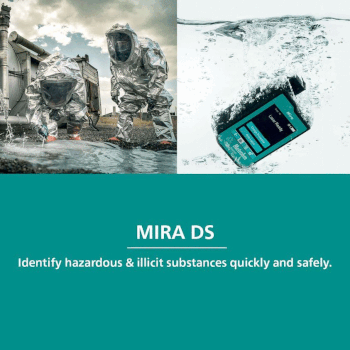The Changes of Cadmium and Zinc Mobility in Sewage Sludges after Their Treatment
Abstract
Background and objectivesMajor limitation of the sewage sludge use in agriculture is a potential release of heavy metals from the sludge and their accumulation to toxic levels in the topsoil. The total content of the metals can be important for long-term assessment of sewage sludge application, but only an available portion of the metal can immediately affect its accumulation in plant biomass. The influence of materials affecting pH (limestone, lime) and sorption capacity (bentonite, zeolite), added to sewage sludges of various origin and incubated under aerobic and anaerobic conditions for eight months, on the distribution of Cd and Zn was studied.
Materials and MethodsThe modified SM&T EUR 14763 EN sequential extraction procedure was applied to evaluate water-soluble, exchangeable, Fe/Mn oxide-bound, organic-bound, and residual cadmium and zinc in the treated sewage sludge. In alkaline solution (AS) and humic acid solution (HA), obtained by fractionation of humic substances, Cd and Zn contents were determined. The content of fulvic acids (FA) was calculated as FA = AS – HA.
ResultsThe Zn proportion in water-soluble and exchangeable fractions was greater than that of Cd. Limestone and lime addition to sludge decreased the Cd and Zn contents in available fraction at the end of aerobic incubation. Most Cd and Zn was bound in sludge incubated under anaerobic conditions in organic and residual fractions. Lack of air caused a higher portion of organic Cd and Zn in humic acid fraction compared with aerobic conditions. The limestone addition to sludge and aerobic or anaerobic incubation strongly enhanced the Cd proportion in humic acid fraction compared with bentonite and zeolite addition. A greater cadmium proportion was bound in humic acid fraction compared with zinc.




